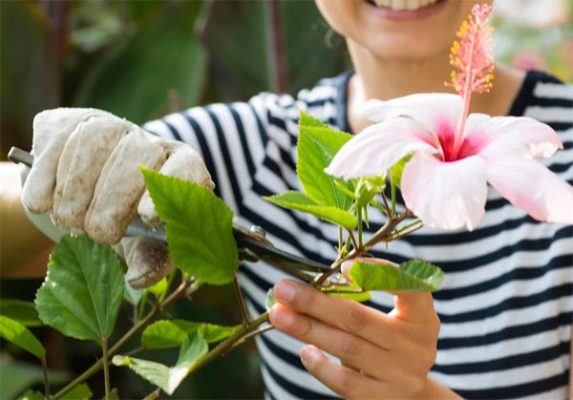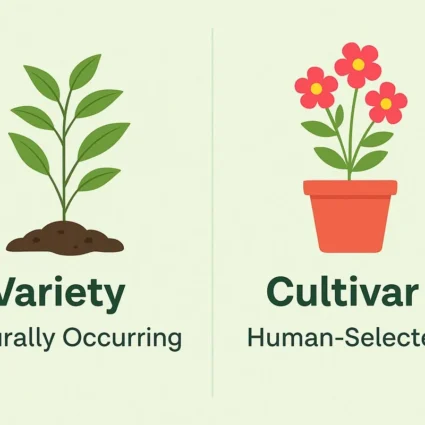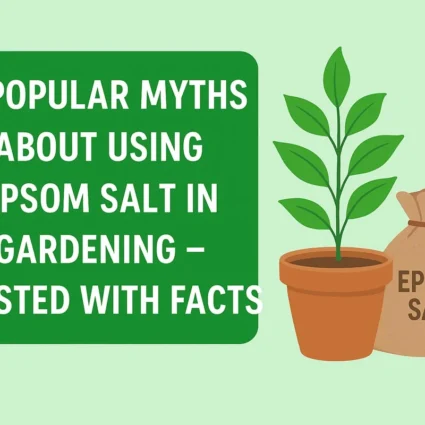
Hibiscus Happiness: A Guide to Caring for Your Plant
The Hibiscus tree is a perennial woody plant known for its trumpet-shaped flowers. With over 200 species and numerous cultivars, these tropical trees can reach impressive sizes, boasting flowers nearly 10 inches in diameter in white, red, pink, yellow, and orange. Thriving in full sun or partial shade, hibiscus trees prefer moist, well-drained soil.
Tropical hibiscus varieties, like Hibiscus rosa-sinensis, make stunning additions to warm climates or as striking houseplants. Alternatively, hardy varieties or the shrubby rose of Sharon (Hibiscus syriacus) are more suitable choices for those in cooler regions of North America, as they are easier to cultivate and can endure colder winter temperatures. Regardless of the type, hibiscus flowers are visually appealing and attract butterflies and hummingbirds.
Despite their shared aesthetic qualities, different hibiscus varieties require specific care and growth conditions.
Also Read This : Unveiling the Secrets to Fix Hibiscus Bud Drop: A Blooming Guide
What is a Hibiscus Plant

The hibiscus plant, native to Asia, is a perennial flowering shrub characterized by its rapid growth and renowned for its vibrant, sizable blossoms in diverse colours.
With proper care, these plants can thrive for many years, and certain varieties have the potential to attain heights exceeding 10 feet and more.
Hibiscus plants can be categorized into two main types: cold, hardy, and tropical. This versatility allows gardeners to cultivate them regardless of their geographical location.
Also Read This :Hibiscus Happiness: 10 Stunning Varieties for a Colorful Garden
Hibiscus Care

Caring for hibiscus plants involves attention to various aspects such as sunlight, watering, soil, fertilization, and pruning. Here are general guidelines for hibiscus care:
Sunlight
Tropical Hibiscus: They thrive in full sunlight. Ensure they receive at least 6-8 hours of direct sunlight daily.
Hardy Hibiscus: They can tolerate partial shade but generally prefer full sun.
Watering
- Keep the soil consistently moist but not soggy.
- Water more frequently during hot and dry periods, and reduce watering in cooler months.
Also Read This :Harvesting Hibiscus: Tips for Blooming Success
Soil
- Use well-draining soil to prevent waterlogging, which can lead to root rot.
- A slightly acidic to neutral soil pH (6.0 to 7.0) is ideal.
Fertilization
- Feed hibiscus with a balanced, water-soluble fertilizer during the growing season (spring and summer).
- Reduce fertilizer in fall and winter when the plant is not actively growing.
Pruning
- Prune to shape the plant and encourage bushiness.
- Remove dead or weak branches regularly.
- Tropical hibiscus can be pruned more heavily to control size and shape.
Temperature
- Tropical hibiscus prefers temperatures above 50°F (10°C) and may suffer damage in cold climates.
- Hardy hibiscus varieties are more tolerant of colder temperatures.
Pests and Diseases
- Look for pests like aphids, spider mites, and scale. Treat promptly if an infestation occurs.
- Watch for signs of diseases such as fungal infections, and provide proper ventilation to reduce humidity around the plant.
Mulching
Apply a layer of organic mulch around the base of the plant to retain moisture, suppress weeds, and regulate soil temperature.
Container Plants
- If growing hibiscus in containers, ensure the pots have drainage holes.
- Use a well-draining potting mix and water when the top inch of soil feels dry.
Overwintering
- In colder climates, protect tropical hibiscus from frost. Bring potted plants indoors or provide winter insulation.
- Hardy hibiscus varieties are more cold-tolerant but may benefit from winter mulching.
Regular monitoring and adjusting care based on the specific needs of your hibiscus plant will contribute to its health and vibrant blooms.
Also Read This :Hibiscus Flower: How to Grow Cutting and Seeds
How to Get Hibiscus to Bloom

Achieving abundant blooms on a hibiscus requires attention to specific factors. While the captivating flowers of hibiscus may only last for one to three days, a healthy plant can produce numerous blooms throughout its growing season, typically spanning from late spring through fall.
To enhance flower longevity, it’s crucial to shield the plant from extreme temperatures—and avoid exposing it to sweltering and cold conditions. Even hardy varieties are susceptible to frost, and temperatures consistently exceeding 85 degrees Fahrenheit can lead to flowering issues in tropical hibiscus.
While deadheading (removing spent blooms) is not mandatory, optimal bloom production depends on maintaining adequate moisture levels, ensuring the plant receives sufficient nutrients, and providing ample sunlight. Overly dry conditions or lack of essential elements can adversely impact bloom production, so attentive care in these aspects is critical to a vibrant and flourishing hibiscus display.
Also Read This : Year-Round Blooms: Caring for Hibiscus in All Seasons




